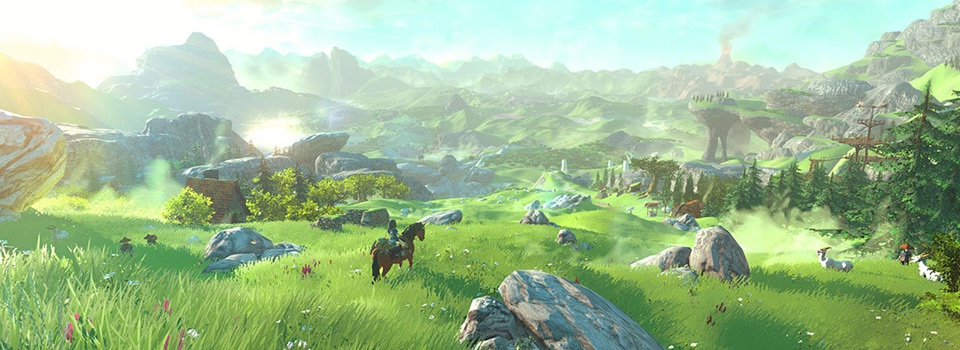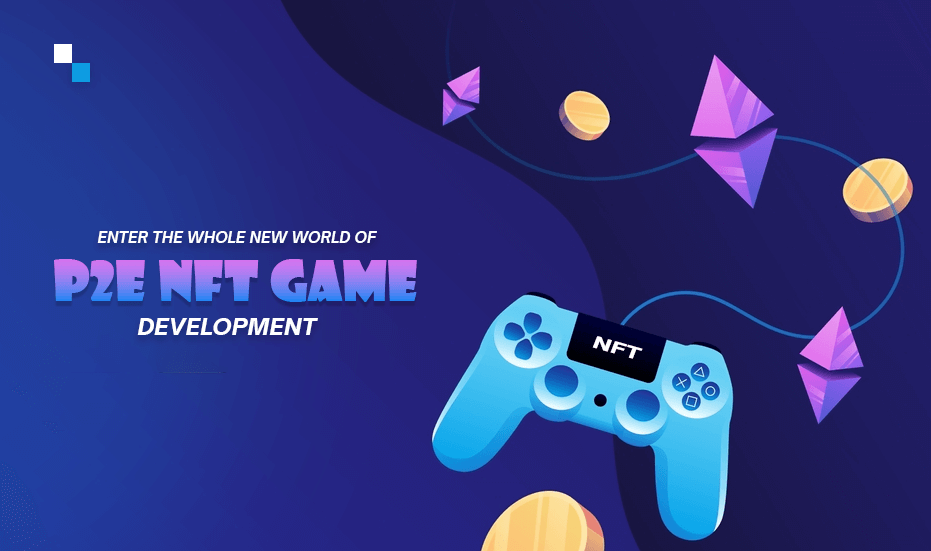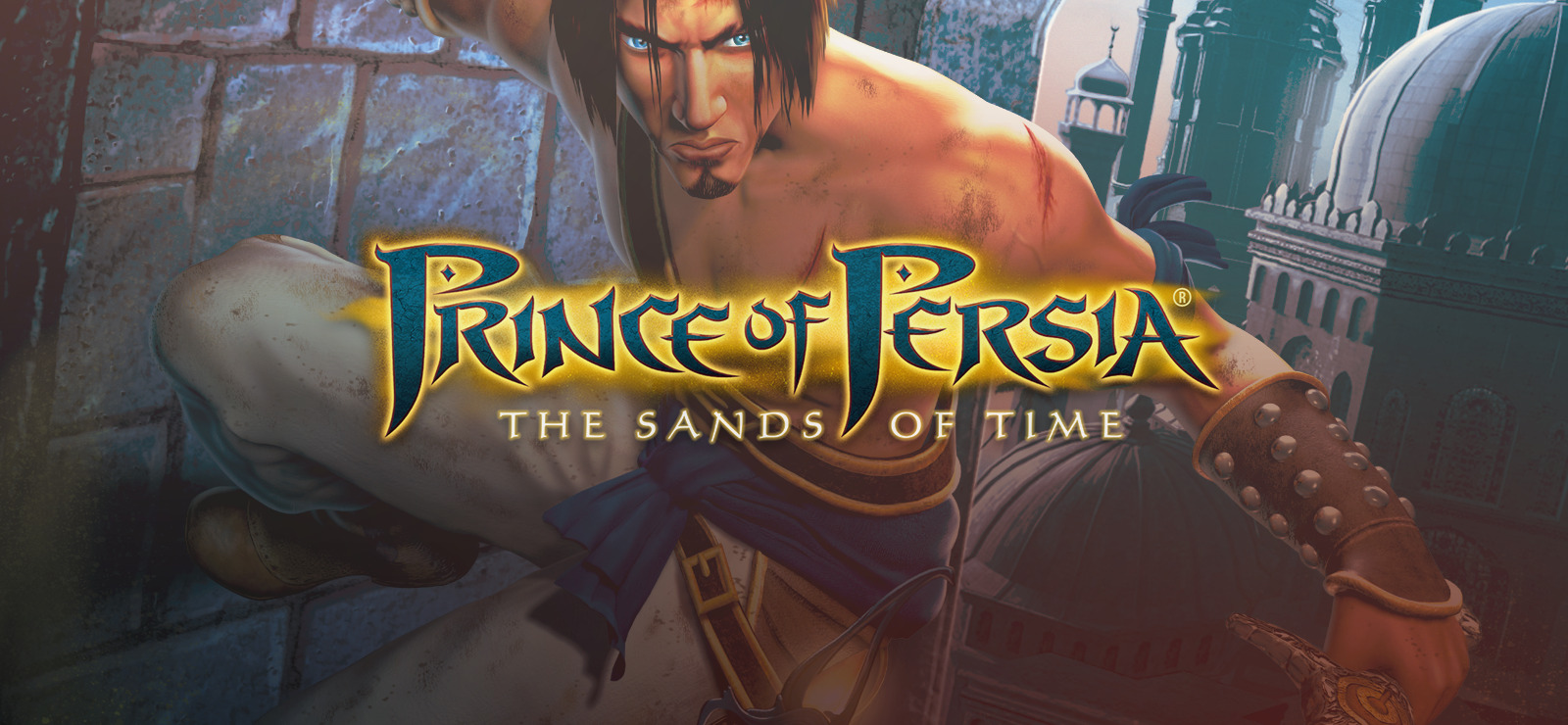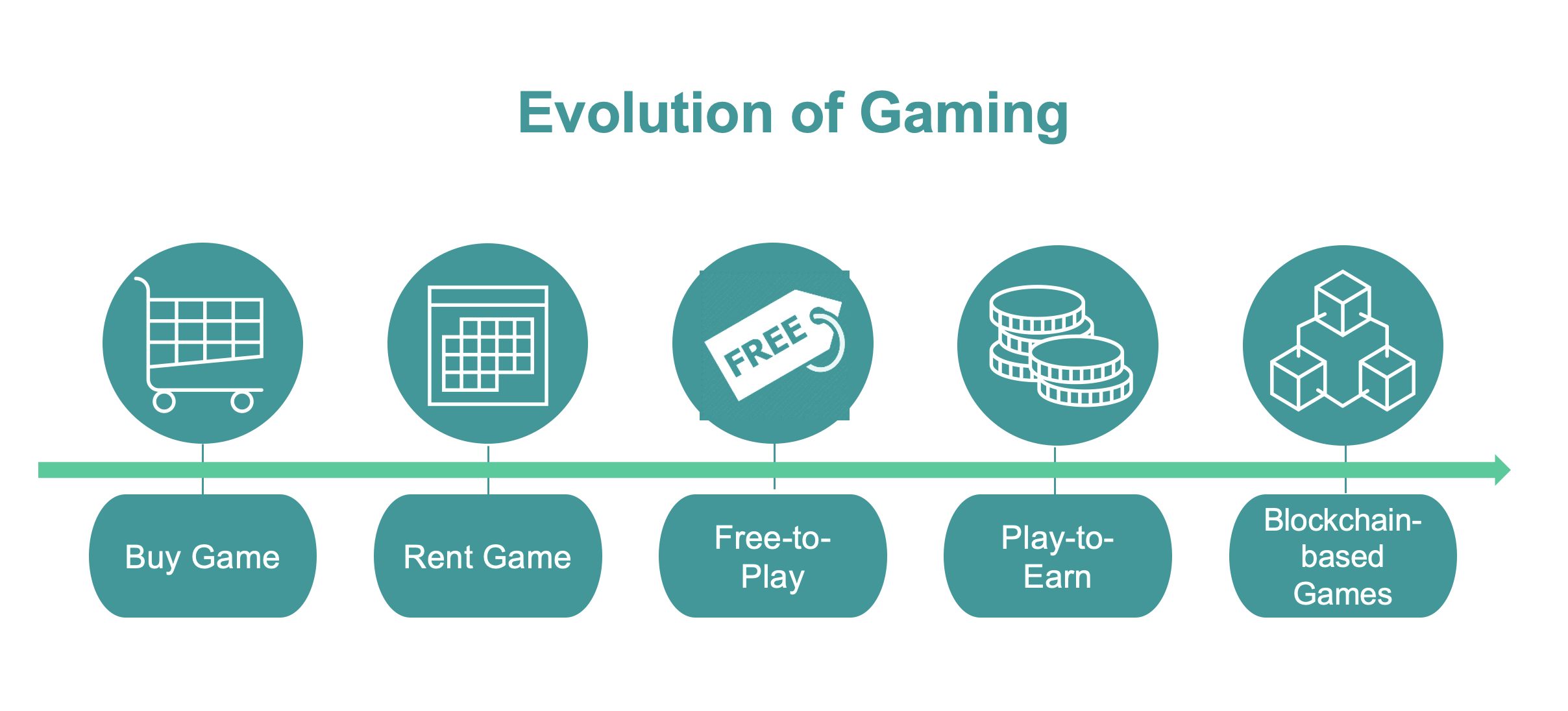The Evolving Landscape of Free Online Gaming: A Glimpse into 2025
Related Articles: The Evolving Landscape of Free Online Gaming: A Glimpse into 2025
Introduction
In this auspicious occasion, we are delighted to delve into the intriguing topic related to The Evolving Landscape of Free Online Gaming: A Glimpse into 2025. Let’s weave interesting information and offer fresh perspectives to the readers.
Table of Content
The Evolving Landscape of Free Online Gaming: A Glimpse into 2025

The world of online gaming is constantly evolving, driven by technological advancements, changing player preferences, and the insatiable desire for immersive and engaging experiences. As we approach 2025, the landscape of free online games is poised for significant transformations, offering a diverse array of choices for players of all ages and interests.
This article delves into the key trends shaping the free online gaming market in 2025, exploring the anticipated innovations, popular genres, and the factors driving their success. It analyzes the impact of these developments on the gaming industry and the broader entertainment landscape, highlighting the evolving role of free-to-play models in shaping player engagement and monetization strategies.
The Rise of Immersive Experiences
One of the most prominent trends shaping the future of free online games is the increasing focus on immersive experiences. This trend is fueled by advancements in technology, particularly in areas such as virtual reality (VR), augmented reality (AR), and cloud gaming.
Virtual Reality (VR): VR technology is rapidly gaining traction in the gaming industry, offering players unparalleled immersion and interactivity. Free-to-play VR games are expected to become increasingly popular, particularly in genres like action, adventure, and social experiences. These games will leverage VR’s capabilities to create realistic environments, engaging gameplay mechanics, and social interactions that blur the lines between the virtual and real worlds.
Augmented Reality (AR): AR technology overlays digital information onto the real world, creating a unique blend of virtual and physical elements. Free-to-play AR games are expected to gain momentum, particularly in mobile gaming, where they can offer innovative and engaging gameplay experiences. These games will leverage AR to create interactive experiences that blend seamlessly with the player’s surroundings, blurring the boundaries between the digital and physical worlds.
Cloud Gaming: Cloud gaming allows players to stream games directly to their devices without requiring powerful hardware, making high-quality gaming accessible to a broader audience. Free-to-play cloud gaming services are expected to become increasingly prevalent, offering players a convenient and cost-effective way to enjoy a wide range of games.
The Evolution of Free-to-Play Models
Free-to-play models have become the dominant business model in online gaming, offering players access to games without upfront costs and monetizing through in-game purchases. In 2025, free-to-play models will continue to evolve, incorporating new strategies to enhance player engagement and maximize revenue.
Microtransactions: Microtransactions, small in-game purchases, will remain a primary monetization strategy for free-to-play games. However, the focus will shift towards offering more meaningful and impactful purchases that provide players with tangible benefits and enhance their gameplay experience.
Subscription Models: Subscription models, offering players access to a curated selection of games and exclusive content for a recurring fee, are gaining popularity. Free-to-play games may incorporate subscription models to provide players with premium content, early access, or other exclusive perks.
Advertising: In-game advertising is expected to become more integrated and less intrusive, offering players targeted advertisements that align with their interests. This approach can provide players with valuable information and rewards while generating revenue for game developers.
The Rise of Esports and Competitive Gaming
Esports, the competitive aspect of video gaming, has exploded in popularity, attracting millions of viewers and generating significant revenue. Free-to-play games are well-positioned to capitalize on this trend, offering accessible platforms for competitive gaming.
Esports Integration: Free-to-play games will increasingly integrate esports features, such as ranked ladders, tournaments, and spectator modes, fostering a competitive environment and encouraging players to participate in esports.
Esports-Focused Games: New free-to-play games specifically designed for esports will emerge, featuring balanced gameplay, competitive mechanics, and spectator-friendly features. These games will attract players looking for a competitive gaming experience and offer opportunities for professional esports players.
The Influence of Social Gaming
Social gaming, where players interact and connect with each other, has become a key aspect of online gaming. Free-to-play games are leveraging social features to enhance player engagement and community building.
Social Integration: Free-to-play games will incorporate social features like in-game chat, guilds, and social events to encourage player interaction and community building.
Social Games: New free-to-play games will be designed specifically for social interaction, offering players opportunities to connect, collaborate, and compete with friends and other players.
The Power of User-Generated Content
User-generated content (UGC), where players create and share content within a game, is becoming increasingly important in online gaming. Free-to-play games are leveraging UGC to foster creativity, community engagement, and long-term player retention.
Modding and Customization: Free-to-play games will offer players tools and resources to create mods, custom content, and unique gameplay experiences. This will empower players to personalize their gaming experience and contribute to the game’s evolving content.
Community Creation: Free-to-play games will encourage players to create and share content, such as maps, levels, and stories, fostering a sense of community ownership and encouraging player engagement.
The Future of Free Online Games
The future of free online games is bright, characterized by continuous innovation, evolving business models, and a growing focus on immersive experiences, esports, social interaction, and user-generated content. As technology advances and player expectations evolve, free-to-play games will continue to redefine the boundaries of what is possible in the gaming world.
FAQs
Q: What are the key benefits of free-to-play games?
A: Free-to-play games offer several benefits to players, including:
- Accessibility: Free-to-play games remove the financial barrier to entry, allowing players to try games without upfront costs.
- Wide Range of Choices: Free-to-play games offer a diverse selection of genres and experiences, catering to a wide range of player preferences.
- Constant Updates and Content: Free-to-play games often receive regular updates and new content, keeping players engaged and entertained.
- Community Engagement: Free-to-play games foster strong communities, allowing players to connect, collaborate, and compete with others.
Q: How do free-to-play games generate revenue?
A: Free-to-play games generate revenue through various monetization strategies, including:
- Microtransactions: Small in-game purchases for cosmetic items, power-ups, or other virtual goods.
- Subscription Models: Recurring fees for access to premium content, exclusive features, or a curated selection of games.
- In-game Advertising: Targeted advertisements displayed within the game.
Q: Are free-to-play games fair and balanced?
A: The fairness and balance of free-to-play games can vary depending on the game’s design and monetization strategies. Some games may offer advantages to players who spend money, while others focus on providing a balanced and enjoyable experience for all players.
Q: What are the potential risks associated with free-to-play games?
A: Free-to-play games can pose potential risks, including:
- Pay-to-win mechanics: Some games may offer significant advantages to players who spend money, creating an uneven playing field.
- Excessive spending: Players can become addicted to in-game purchases, leading to financial problems.
- Data privacy concerns: Free-to-play games may collect user data for marketing and other purposes.
Tips for Enjoying Free-to-Play Games
- Read reviews and research the game: Before playing a free-to-play game, read reviews and research its monetization strategies to ensure it aligns with your preferences.
- Set a budget: Establish a spending limit for in-game purchases to avoid excessive spending.
- Focus on fun: Remember that free-to-play games are meant to be enjoyed. Don’t feel pressured to spend money or compete with other players.
- Be mindful of time: Limit your gaming time to avoid addiction and maintain a healthy balance.
- Engage with the community: Participate in in-game chat, guilds, and other social features to connect with other players and enhance your gaming experience.
Conclusion
The free online gaming landscape is constantly evolving, driven by technological advancements, changing player preferences, and the ever-present desire for engaging and immersive experiences. As we approach 2025, free-to-play games are poised to play an even more significant role in the entertainment industry, offering players a diverse array of choices and fostering a vibrant and dynamic gaming community. By understanding the key trends shaping the future of free online games, players can navigate this evolving landscape and discover new and exciting experiences that cater to their individual interests and preferences.








Closure
Thus, we hope this article has provided valuable insights into The Evolving Landscape of Free Online Gaming: A Glimpse into 2025. We appreciate your attention to our article. See you in our next article!







































































